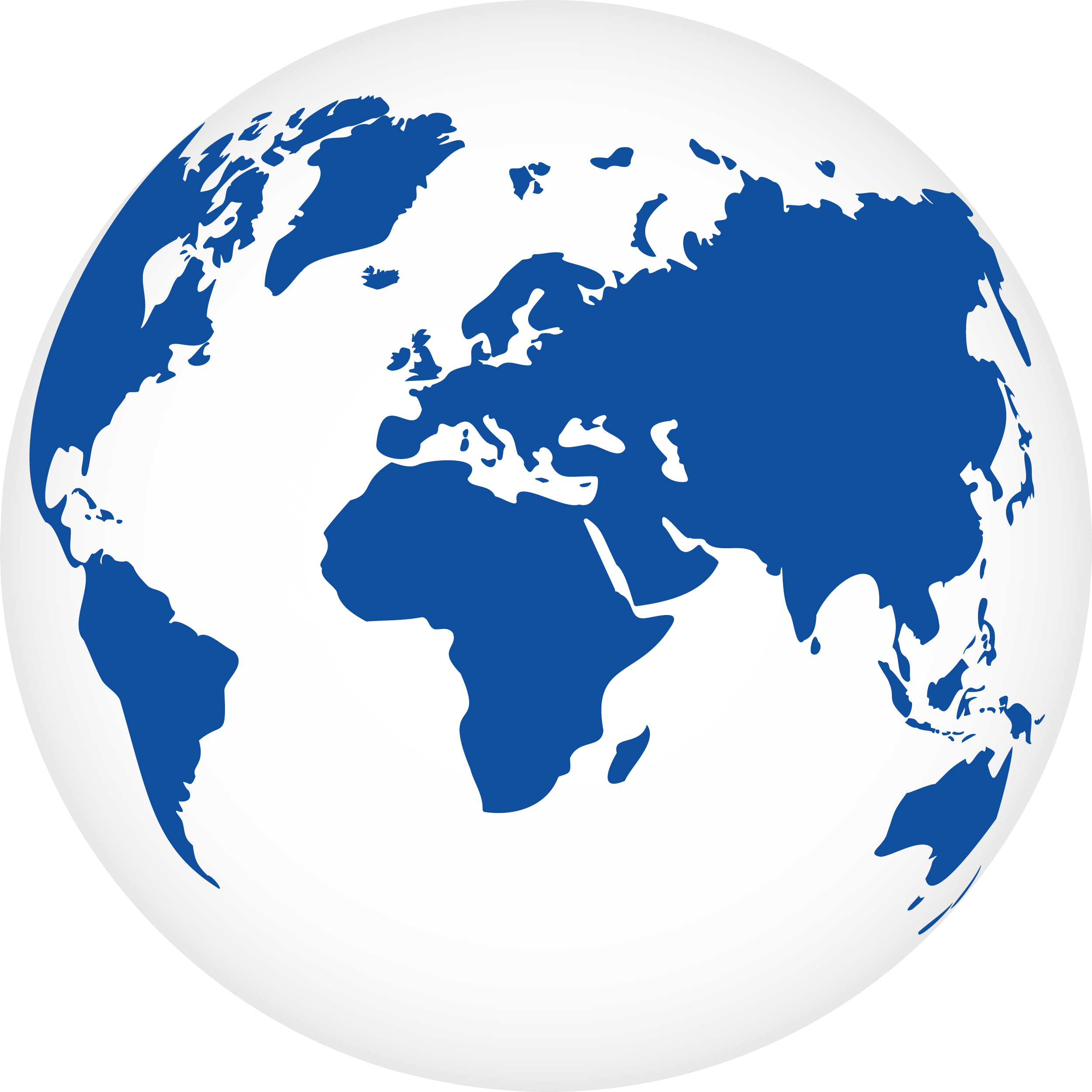History
Most influential organisations begin with the meeting of a few like minds. In 1965, Aurelio Peccei, an Italian industrialist, made a speech that proved inspirational to Alexander King, the Scottish Head of Science at the OECD. The two found that they shared a profound concern for the long-term future of humanity and the planet, what they termed the modern ‘predicament of mankind’.
Three years later, King and Peccei convened a meeting of European scientists in Rome. Although this first attempt failed to achieve unity, a core group of like-minded thinkers emerged. Their goal: to advance three core ideas that still define the Club of Rome today: a global and a long-term perspective, and the concept of “problematique”, a cluster of intertwined global problems, be they economic, environmental, political or social.
At the group’s first major gathering in 1970, Jay Forrester, a systems professor at MIT, offered to use computer models he had developed to study the complex problems which concerned the group more rigorously. An international team of researchers at the Massachusetts Institute of Technology began a study of the implications of unbridled exponential growth. They examined the five basic factors that determine and, in their interactions, ultimately limit growth on this planet – population, agricultural production, non-renewable resource depletion, industrial output and pollution.
In 1972, the Club’s first major Report, The Limits to Growth was published. It sold millions of copies worldwide, creating media controversy and also impetus for the global sustainability movement. This call for objective, scientific assessment of the impact of humanity’s behaviour and use of resources, still defines the Club of Rome today. While Limits had many messages, it fundamentally confronted the unchallenged paradigm of continuous material growth and the pursuit of endless economic expansion. Fifty years later, there is no doubt that the ecological footprint of humanity substantially exceeds its natural limits every year. The concerns of the Club of Rome have not lost their relevance.
Today, the Club continues to be at the forefront of challenging and controversial global issues. Propelled by a new mission and organisational structure, which today includes 35 National Associations, the Club of Rome has now published over 45 Reports. They continue to challenge established paradigms and advocate for policies that can practically address the many emergencies facing society and the planet today. The Club remains true to its historical intent, while it attempts to lay the foundations for long-term systemic shifts in global social, environmental and economic systems. In short, it is an established, respected, international think-tank positioned to face the core challenges of the 21st Century.
The organisation includes around 100 active full members with a full-time secretariat in Winterthur, Switzerland with a satellite office in Brussels, Belgium.


